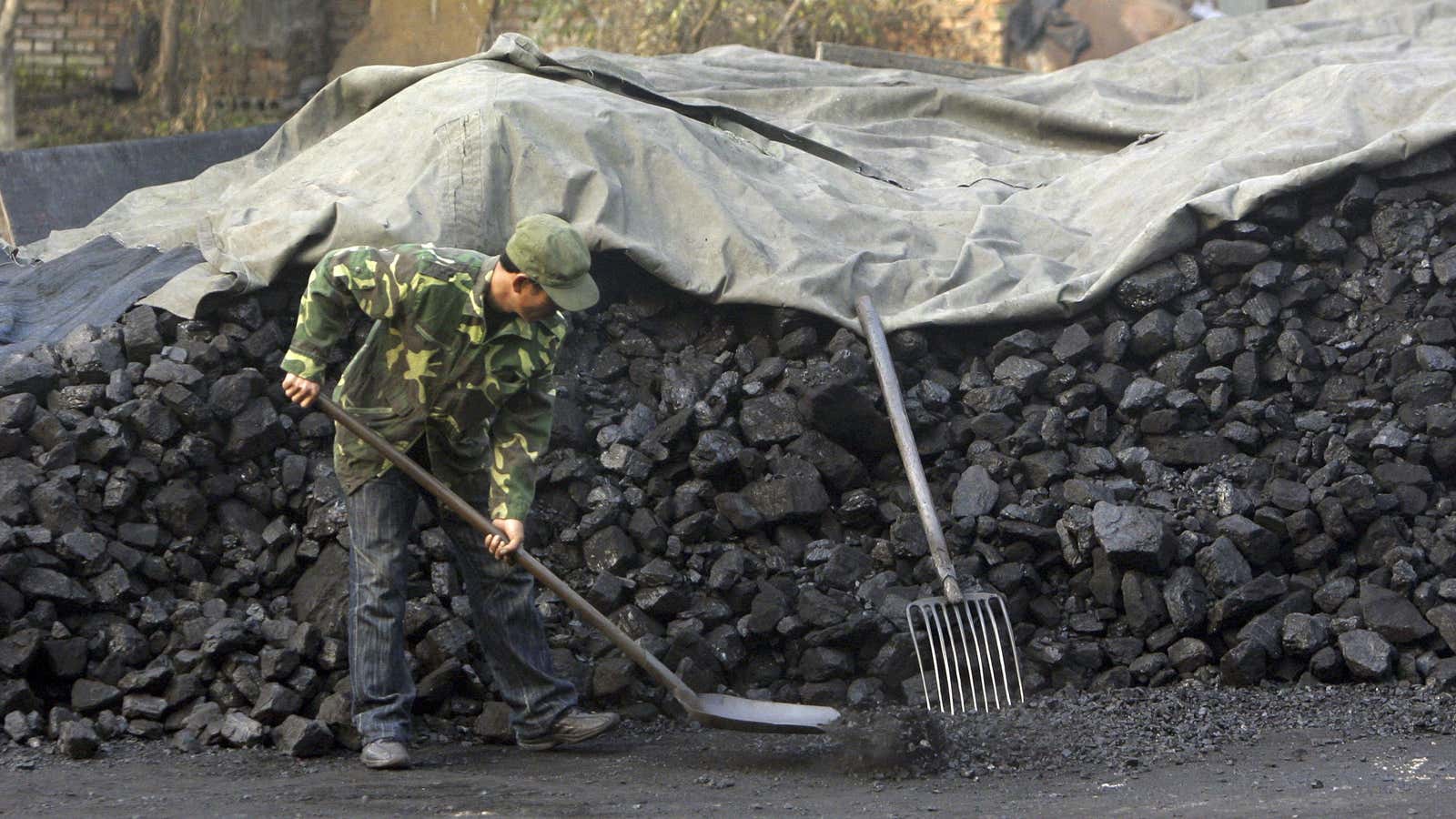The Chinese government has been digging deep into its arsenal of policy tools to tame the country’s energy crunch and secure supplies: deregulating the price of power, intervening directly on coal prices, and ordering coal mines to produce as much as possible. Will it be enough?
Price liberalization for coal-fired electricity…
Last week, the National Development and Reform Commission (NDRC)—the top economic planner—took a major step towards liberalizing China’s coal-powered energy market. Electricity prices would be allowed to rise more sharply—as much as 20% above the government benchmark—with the goal of eventually having all power be priced by the market, reflecting real supply and demand.
But, as industry experts noted, the deregulation is unlikely to solve the energy crisis. After all, even a 20% increase in electricity prices is nowhere close to making up for the more-than-200% increase in coal prices this year. With electricity producers bearing the cost of more expensive coal because they’re unable to charge consumers higher prices, some were forced to idle their plants instead.
…and price intervention for coal
In a clear sign of the government’s recognition that gradual price liberalization alone is insufficient to tackle an acute power crunch, the NDRC on Tuesday (Oct. 19) signaled that it may intervene (link in Chinese) to curb coal prices, which the state planner said had been subject to such “irrational” increases as to be “completely detached from supply and demand fundamentals.” The NDRC’s announcement caused Chinese coal futures to fall sharply, and the slump has continued through today.
Analysts say last week’s electricity market liberalization, followed quickly by this week’s coal price intervention, reflect the reality of China’s energy market, where the dynamics of both market forces and central planning continue to simultaneously play important roles.
“Both coal price intervention and power tariff hikes are for the purpose of securing energy supply, affecting different stakeholders,” said Yan Qin, lead carbon analyst at Refinitiv.
But just as with the move to liberalize electricity prices, a key question remains for coal prices: is state intervention enough to subdue them?
The distortionary effects caused by the contradiction between market-priced coal and government-regulated coal-fired electricity prices “was caused by the government’s visible hand,” said Aiqun Yu, China researcher at the US nonprofit Global Energy Monitor. “It will not be solved by more government hands-on [policies].”
